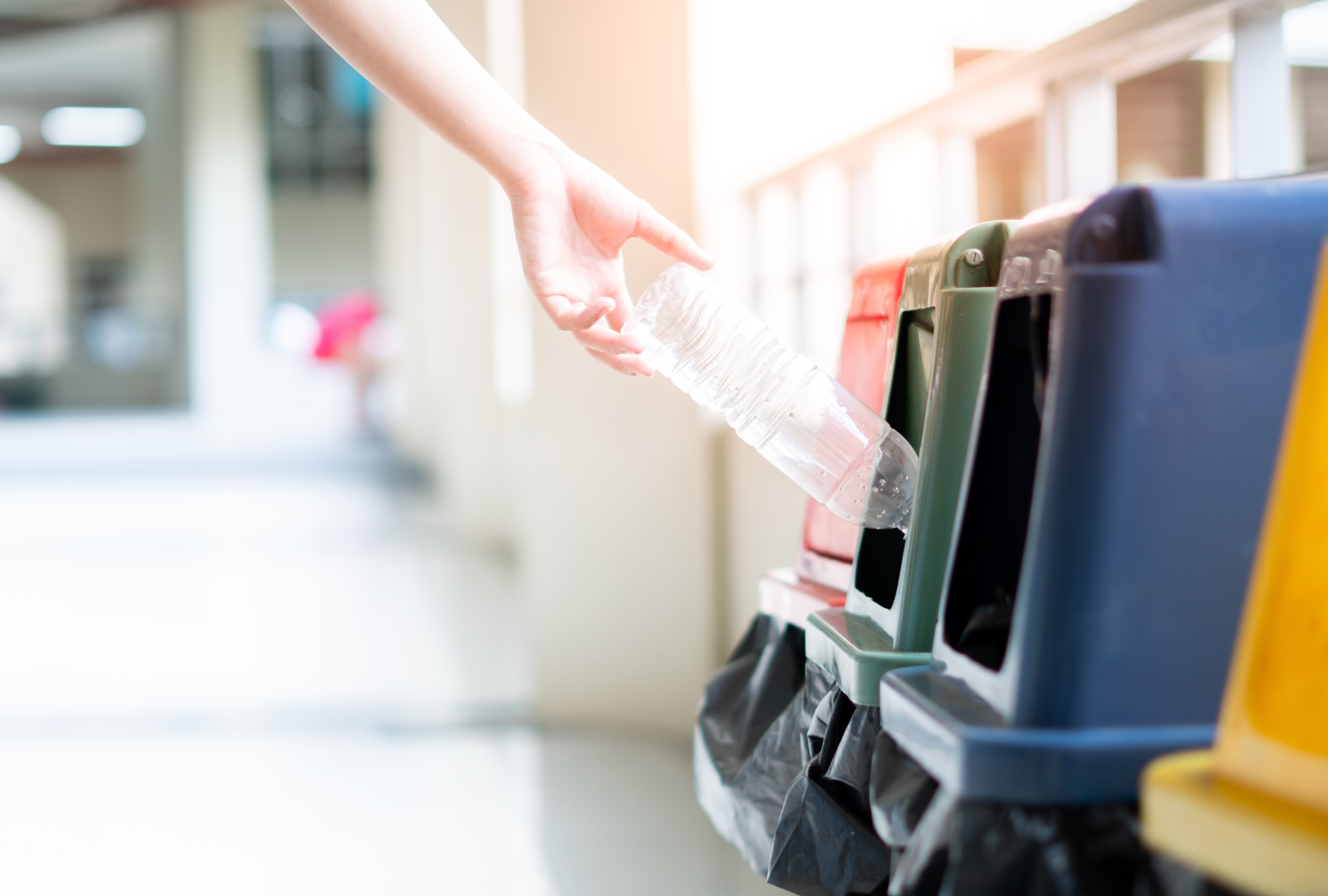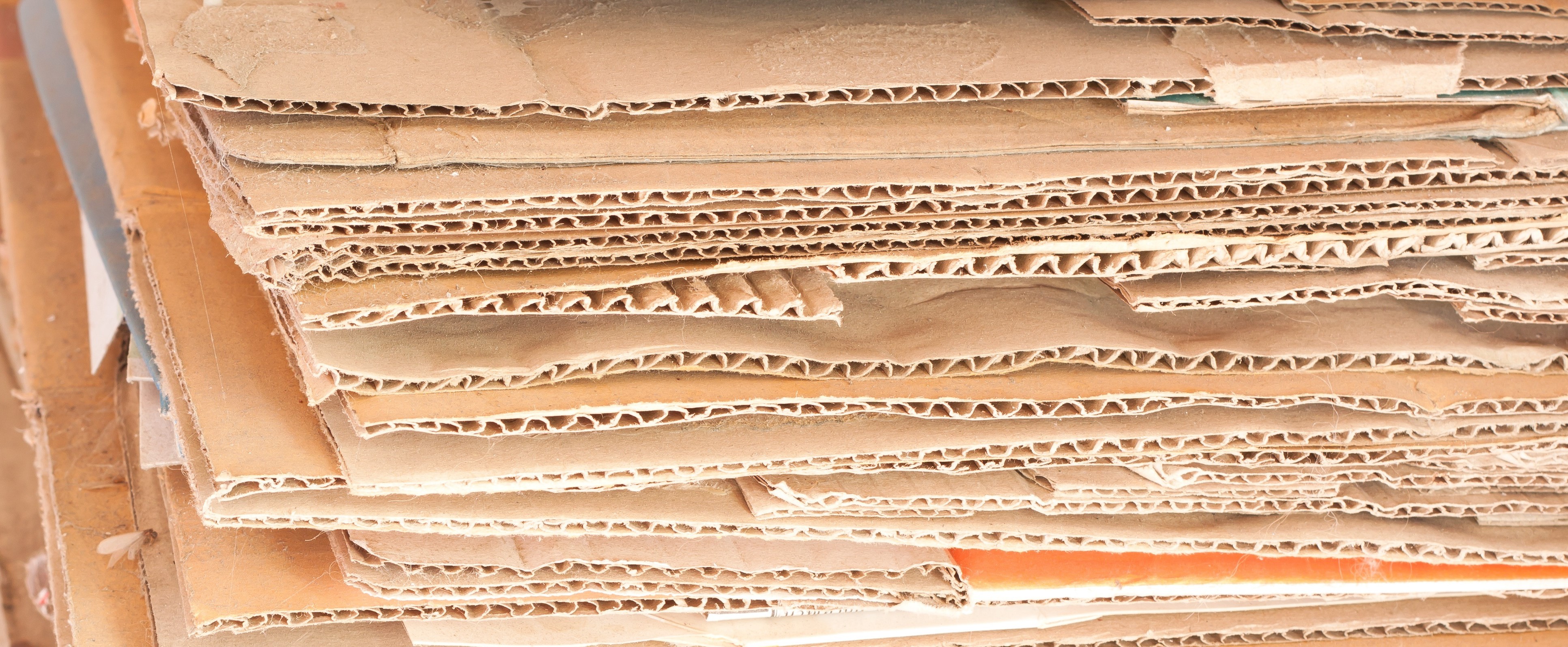Which countries are leading the way when it comes to recycling?
People around the world are increasingly concerned about the impact their actions have on the planet, and one way individuals can make a difference is by recycling their household waste. However, recycling policies and habits vary considerably from country to country, leading to significant differences in results. Let’s take a closer look.
The top performers worldwide
Let’s start with the good news: recycling rates have increased substantially across the European Union. According to a report by Eunomia, Germany is the top performer worldwide, with the highest recycling rate of 66,1%, followed by Singapore (60.6%) and Wales (60.2%). The UK is 16th worldwide and the United States 25th, while Russia, China and India are absent from the top 25.
It’s not always easy to compare rates from one country to the next, as practices tend to differ (for example, Sweden considers incineration for energy recovery as “recycling”, while other nations don’t). However, countries with high recycling rates have several things in common, notably clear policy objectives and comprehensive schemes, government funding and a focus on producer responsibility.

Progress has been made when it comes to packaging
According to the European Environment Agency, the increase in recyclability rates is reflected in the packaging sector: 67 % of packaging waste generated in the EU-28 in 2016 was recycled, as compared to 54 % in 2005. It’s believed that a combination of EU/national targets and regional/local policies have contributed to improving packaging recycling rates, with Belgium leading the way, closely followed by Denmark.
The United States, on the other hand, still have some work to do: not only is their packaging recycling rate estimated at just 50,1 %, but according to a recent Greenpeace investigation, many supposedly recyclable plastic packaging items, such as food clamshells, are not being recycled at all.

Plastics and composite materials remain problematic
Plastic and multi-material packaging remain a big issue when it comes to generalising the recycling of packaging. While steps are being taken to improve this (recycling centers in Finland, for example, extract and recycle the fiber and aluminum found in milk cartons, while US plants extract the fiber and discard the rest), processes remain complex and energy-intensive.
Consumers furthermore resent having to take the time to separate different materials and work out what goes where: while it’s easy to place empty glass jars and sheets of paper in the right containers, the same can’t be said for empty cosmetics tubes or greasy pizza boxes.
For this reason, many companies are choosing to opt for mono-material packaging. Metallized paper, for example, can offer comparable advantages in terms of durability and performance as composite materials while being energy-efficient to recycle. To find out if mono-materials such as metallized paper are right for your company or clients, don’t hesitate to drop us a line.